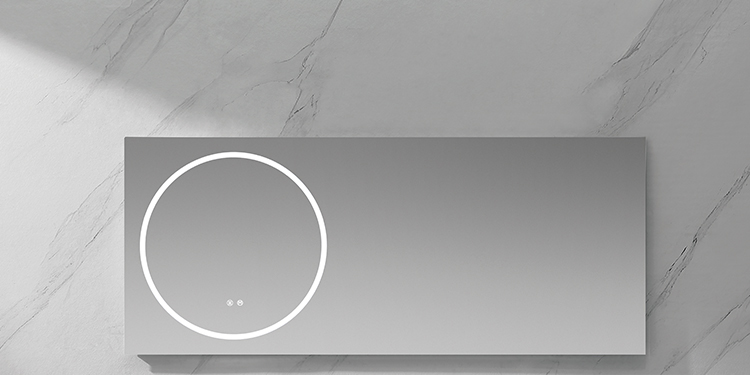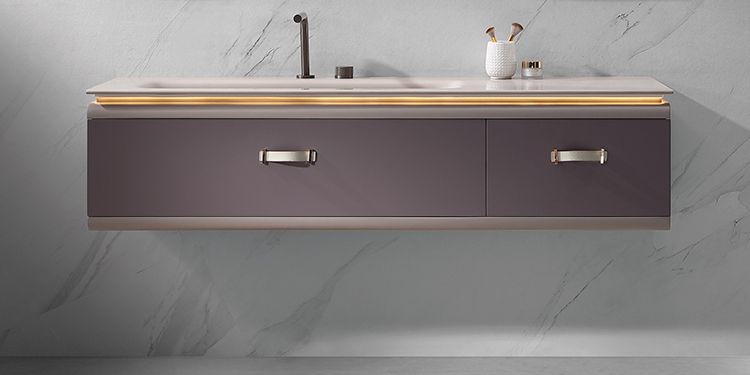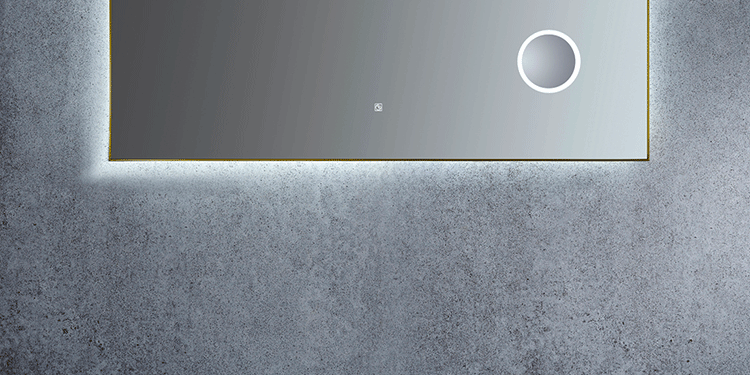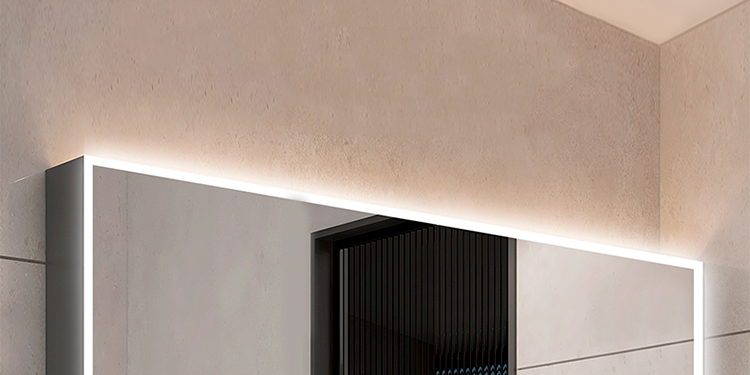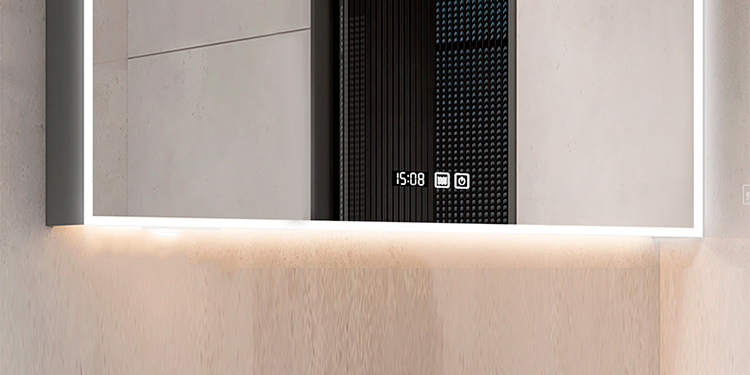Adding an en-suite bathroom is a practical and valuable home improvement, but budgeting accurately can be challenging. A wide range of factors—from structural work to fixture choices—can influence the final cost. This article explains what you need to consider, especially when it comes to design features like the bathroom vanity mirror, bathroom mirror, bathroom smart mirror, and round bathroom mirror.
1. Space Availability and Layout Adaptation
The first budgeting consideration is how much space you have. Carving out a new en-suite bathroom from an existing bedroom or closet space may involve demolition, wall construction, and potential structural reinforcements.
Smaller en-suites often opt for a single bathroom vanity mirror and compact vanity unit to save both space and cost.
2. Plumbing and Electrical Requirements
Connecting the new bathroom to existing plumbing is one of the biggest costs. If the en-suite is far from the main stack or water supply, expenses rise sharply.
Additionally, modern electrical needs—like those of a bathroom smart mirror—require dedicated wiring, GFCI outlets, and possibly an electrical panel upgrade.
3. Mirror and Lighting Selection
Choosing the right mirror affects both aesthetics and budget. A frameless bathroom mirror is a cost-effective option that offers a clean, modern look. Alternatively, a round bathroom mirror can act as a design focal point while adding softness to angular layouts.
Smart choices include combining your lighting and reflection needs with a bathroom smart mirror, which offers features like backlighting, clocks, and Bluetooth—all integrated into one fixture.
4. Fixture and Finish Quality
Your budget will also depend on the quality of finishes. High-end materials like stone, ceramic tile, and premium woods increase costs, especially for built-ins like a custom vanity.
To balance cost and quality, consider combining a standard vanity with a high-impact bathroom vanity mirror, or enhance a low-cost sink with a framed round bathroom mirror.
5. Labor and Permits
Don’t underestimate labor and permit fees. Professional installation of plumbing and electrical systems, especially for a bathroom smart mirror, adds hundreds or even thousands to your total.
Permits are typically required for structural modifications and utility work, and should be included in your budget.
6. Long-Term Savings from Smart Features
While a bathroom smart mirror may require more upfront investment, its energy-efficient LED lighting and multifunctionality can reduce long-term costs. For example, integrating lighting into the mirror may eliminate the need for separate fixtures.
Similarly, anti-fog and sensor features help extend the mirror’s life and improve user experience.
READ MORE:










